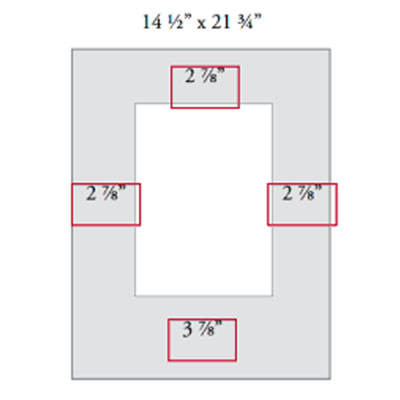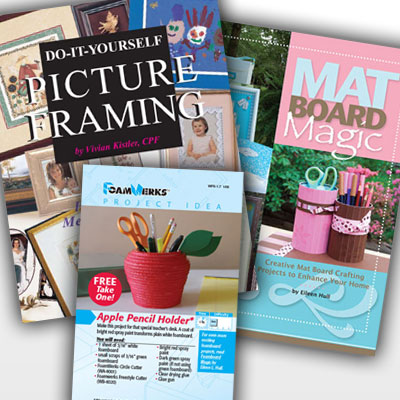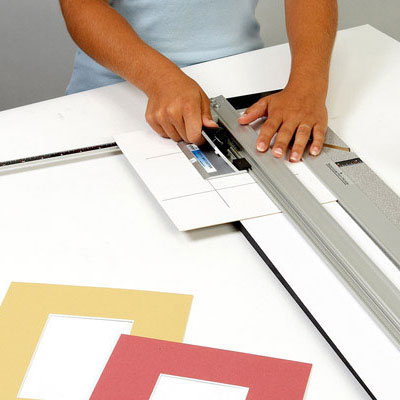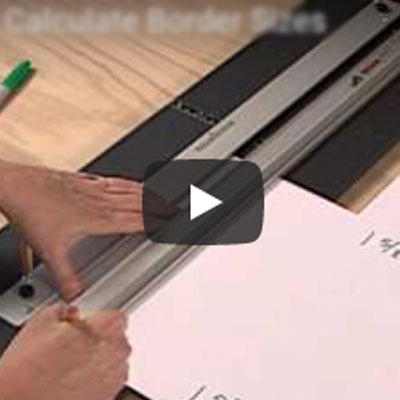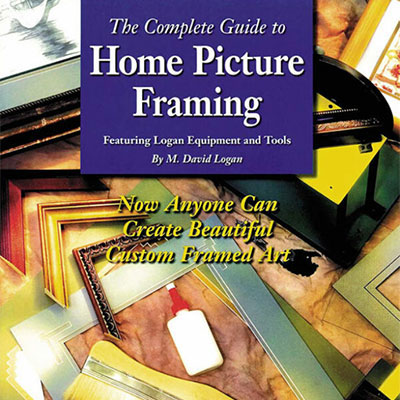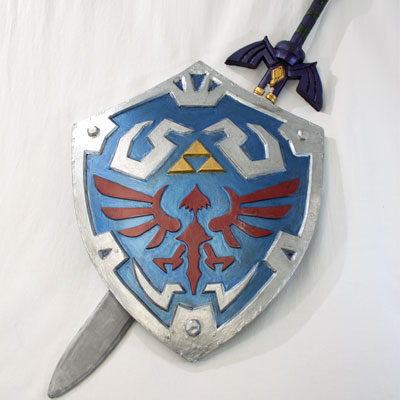A christening gown, draped and suspended against a lush background. A cherished keepsake, a hole-in-one golf ball, held in place. A commemorative spoon displayed. A necklace festooned across velvet, inside a frame, hung against the wall. A gun, baby shoes, a collection of coins. So how do they do that?
3-dimensional objects of sentimental value are often worthy of framing, and as any framer can tell you, customers bring them in more often than you think. But to frame them requires more on the part of the framer than the usual stack of mat, glass and backing.
In most cases the presentation box must be custom made and the frame fitted to it. But more than that, proper mounting techniques must be employed to hold the items firmly against a background without altering them or destroying their value.
Two key ingredients in mounting 3-dimensional objects are invisible thread and silicone rubber sealant. Invisible thread is used to sew items onto the background in an inconspicuous manner. Any object that's loose or flowing, such as a garment or necklace can be attached in this way.
The background onto which the item is sewn must be foamboard. A pilot needle can be pushed through foamboard, making sewing a breeze, but the foamboard should be covered with a fabric first to provide a plush background for the item. The fabric can be tightly stretched over the foamboard and pinned in along the edges with straight pins.
Round items can be sunk partially into foamboard by gouging out a shallow crater in the surface before covering it with fabric. Silicone rubber sealant can be used to affix the item into the crater.
Silicone rubber sealant is a great way to hold valuable items in place without damaging them. Used primarily to seal cracks around windows and doors, it's a clear rubbery substance not unlike the substance used to hold a credit card to a sheet of paper. To remove it is a simple matter of pulling it away from the surface and rubbing a thumb across the surface until it peels away cleanly.
Irregularly shaped items that can't be sewn or glued with silicone rubber sealant can be bolted to the surface of foamboard with plastic mounting brackets called Mighty Mounts. Some Mighty Mounts are designed for mounting specific objects, such as the Mighty Mount Gun Holder, the Mighty Mount Knife Holder, or Mighty Mount Coin Holders. A wide range of objects can mounted using the Mighty Mount All-Purpose Holders.
Mounting 3-dimensional objects for picture framing can be challenging, but when you know the secrets of object box framing, the whole enterprise gets much easier.






